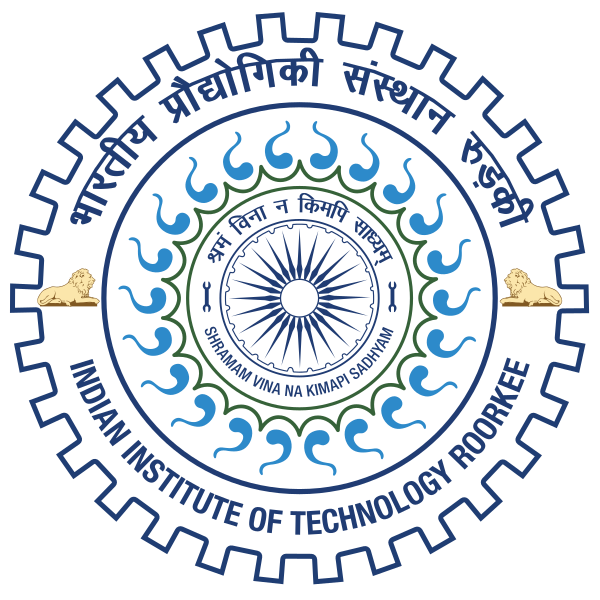Please use this identifier to cite or link to this item:
http://localhost:8081/jspui/handle/123456789/18407Full metadata record
| DC Field | Value | Language |
|---|---|---|
| dc.contributor.author | Jha, Akash | - |
| dc.date.accessioned | 2025-11-13T10:24:21Z | - |
| dc.date.available | 2025-11-13T10:24:21Z | - |
| dc.date.issued | 2024-06 | - |
| dc.identifier.uri | http://localhost:8081/jspui/handle/123456789/18407 | - |
| dc.guide | Sarkar, Sudipta | en_US |
| dc.description.abstract | The presence of nutrients such as phosphorus and nitrogen in the treated wastewater discharged from sewage treatment plants are now being regulated because they may cause eutrophication of rivers and lakes and subsequent damage to these water bodies. Biological removal of orthophosphate in sewage treatment plants requires process modification, extra energy, and capital investments. Physio-chemical processes such as co-precipitation and adsorption are in general considered less effective for phosphate removal because of the high requirement of extraneous chemicals or lack of selectivity of the adsorbents, especially from the background of competing anions like bicarbonate, chloride, and sulfate. At the same time, phosphate is a highly sought nutrient in the agricultural field and an important ingredient for food security. India is the largest importer of phosphate fertilizer in the world. The phosphate fertilizers are highly subsidized and regulated in the Indian market. Therefore, it will be a win-win condition if a sustainable adsorbent is synthesized to ferry the phosphate in the treated wastewater to the agricultural field. To be fit for agricultural use, besides being selective for phosphate, the adsorbent should be bio-degradable and biocompatible and should be able to release the phosphate in sustained manner at the plant’s root zone. On the other hand, black soldier fly larva is gaining popularity for the treatment of organic and food waste in India and abroad. In this work, we have used black soldier fly (BSF) exuviae (a treatment residue) as a source of chitosan, a nitrogen containing biodegradable polymer, for its use as the matrix of the proposed adsorbent. The adsorbent prepared using chitosan and carboxymethyl cellulose was further chemically modified to contain nanoparticles of iron hydroxide. The hybrid adsorbent thus prepared demonstrated excellent ability for selective adsorption of even trace concentration of phosphate both from the synthetic and real-life secondary treated wastewater, even in presence of all the competing anions. The material demonstrated about 85% biodegradation within 60 days of placement inside the soil and released the recovered phosphate for further possibly take up by the plants. Biodegradation of chitosan would also supply nitrogen for the plant growth. The plant study also confirmed its potential as a sustainable fertilizer. This study is an example in the realm of circular economy demonstrating how different resources from the waste can be combined to develop a win-win solution towards environmental problems, food security, self-reliance and economic as well as ecological sustainability. | en_US |
| dc.language.iso | en | en_US |
| dc.publisher | IIT, Roorkee | en_US |
| dc.title | NANOPARTICLE-LOADED HYDROGELS PREPARED FROM INSECT-DERIVED CHITIN FOR CROP ENHANCEMENT | en_US |
| dc.type | Dissertations | en_US |
| Appears in Collections: | MASTERS' THESES (Civil Engg) | |
Files in This Item:
| File | Description | Size | Format | |
|---|---|---|---|---|
| 22519002_AKASH JHA.pdf | 3.88 MB | Adobe PDF | View/Open |
Items in DSpace are protected by copyright, with all rights reserved, unless otherwise indicated.

